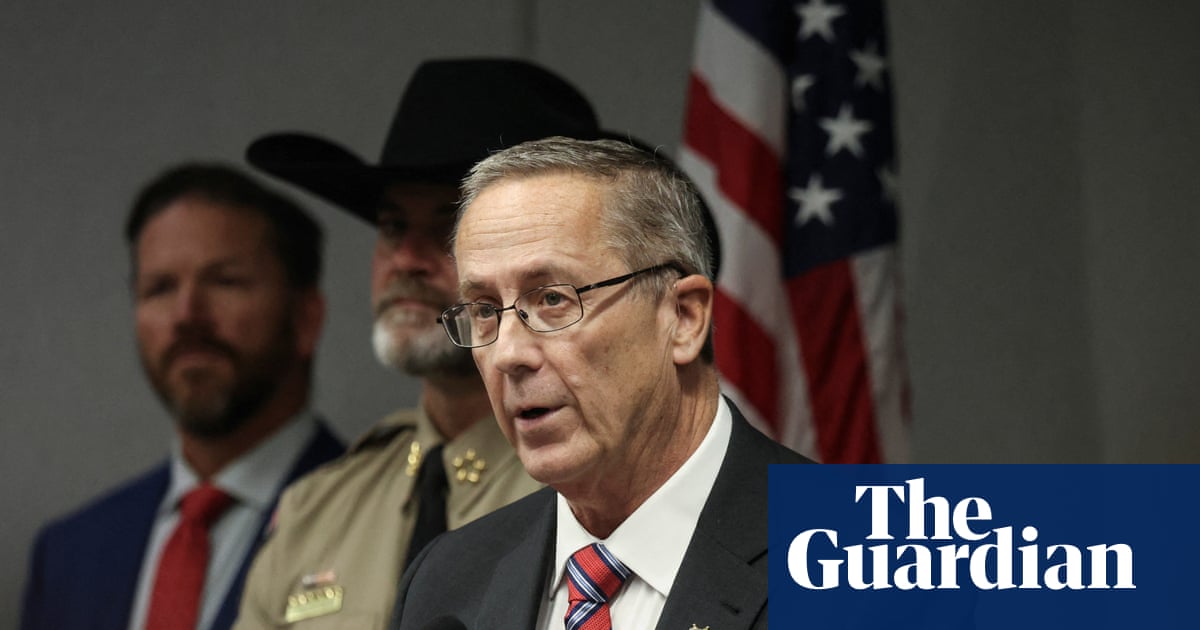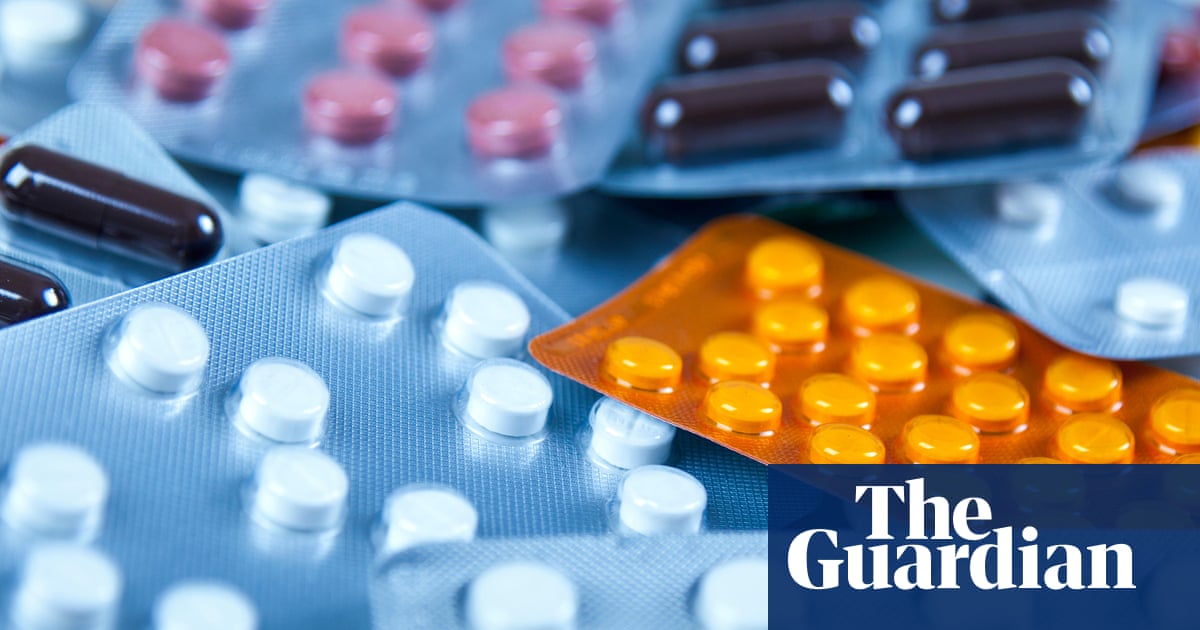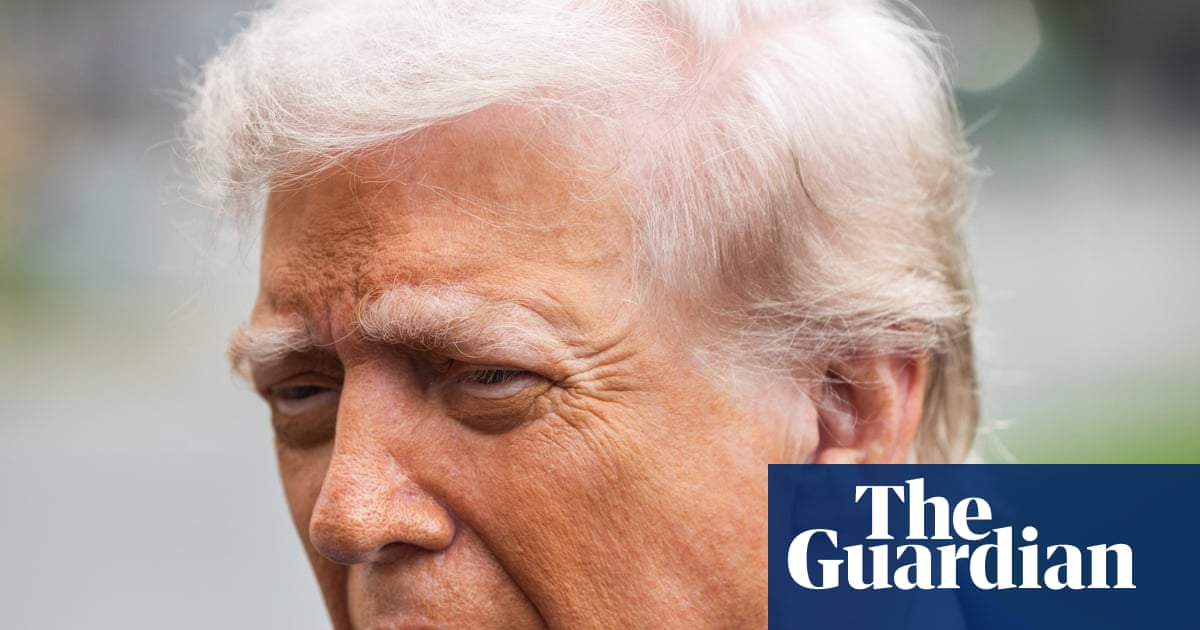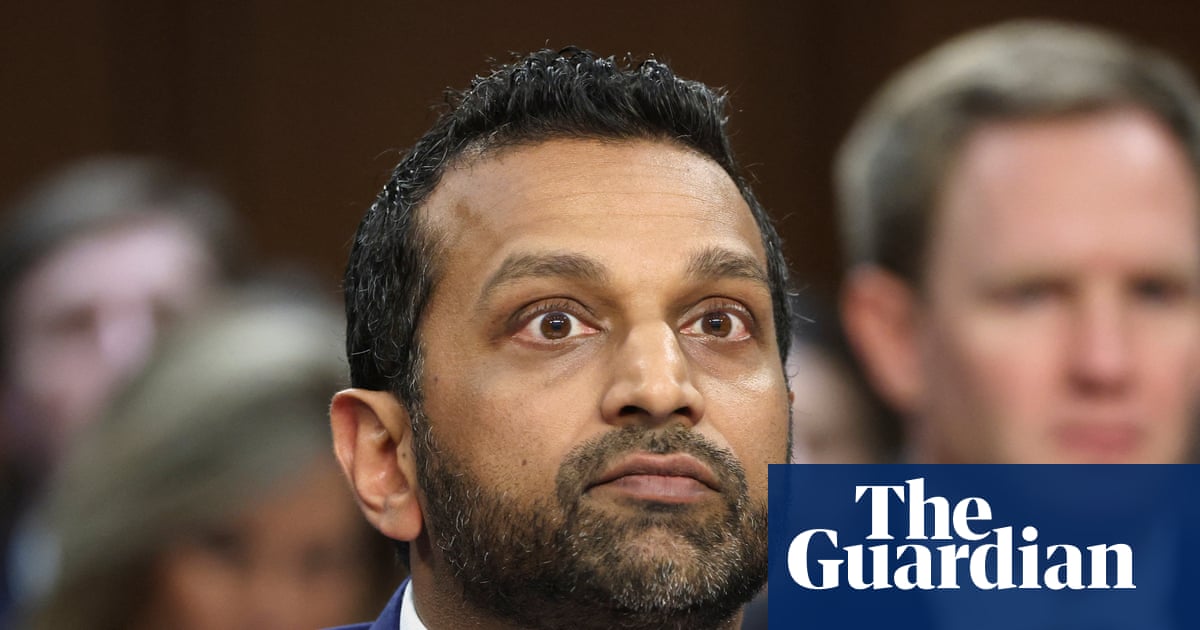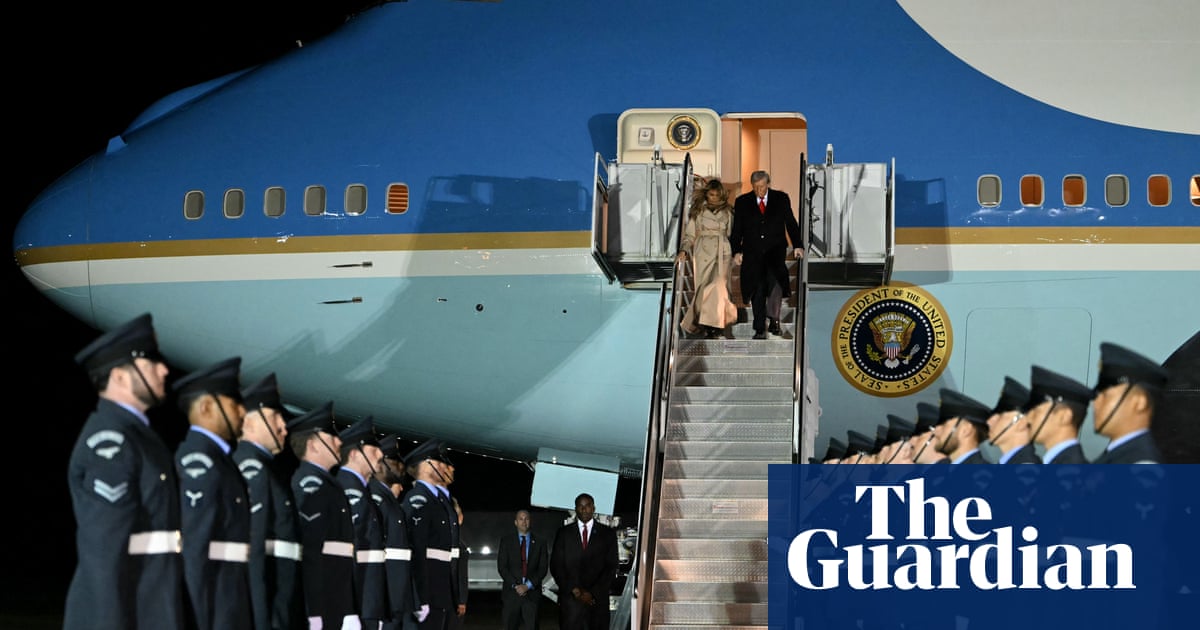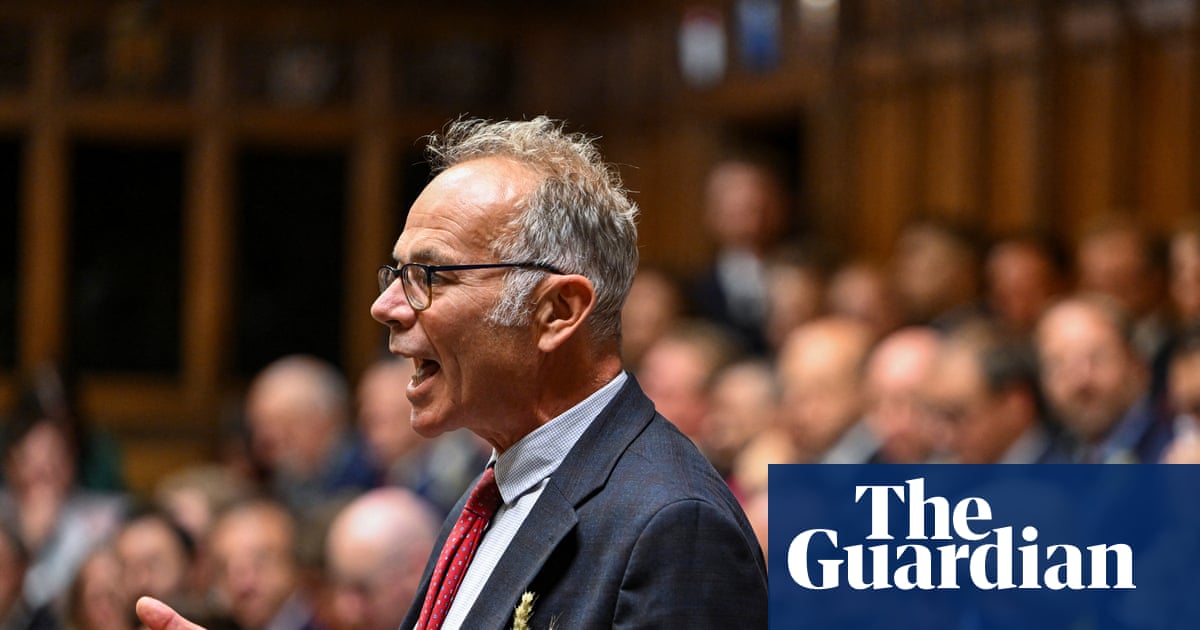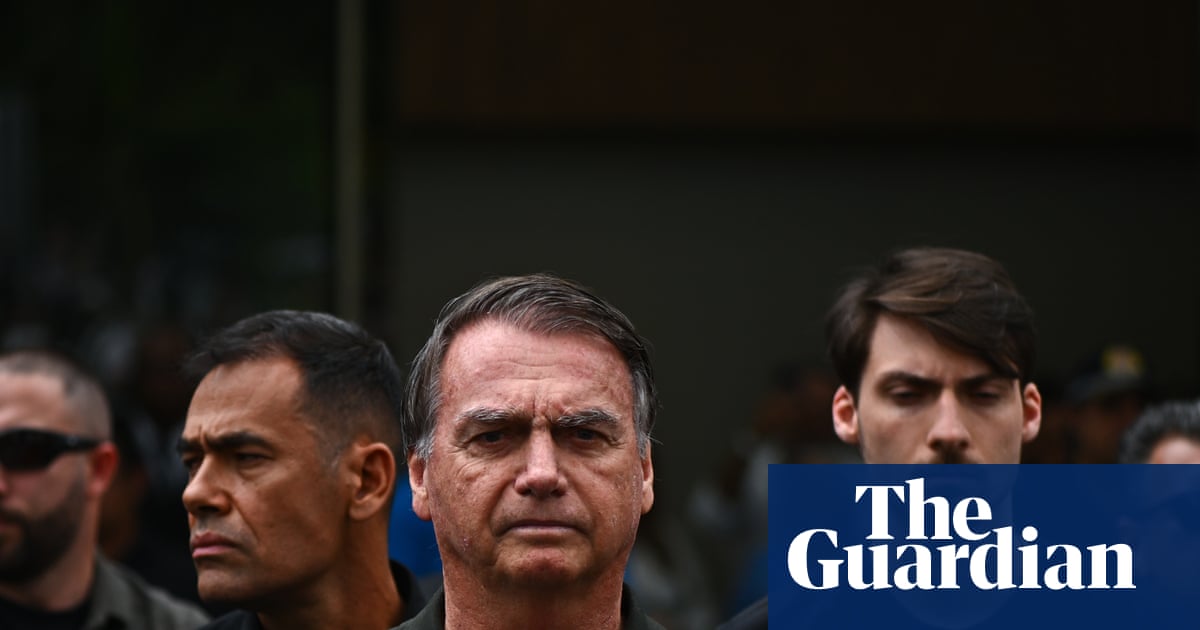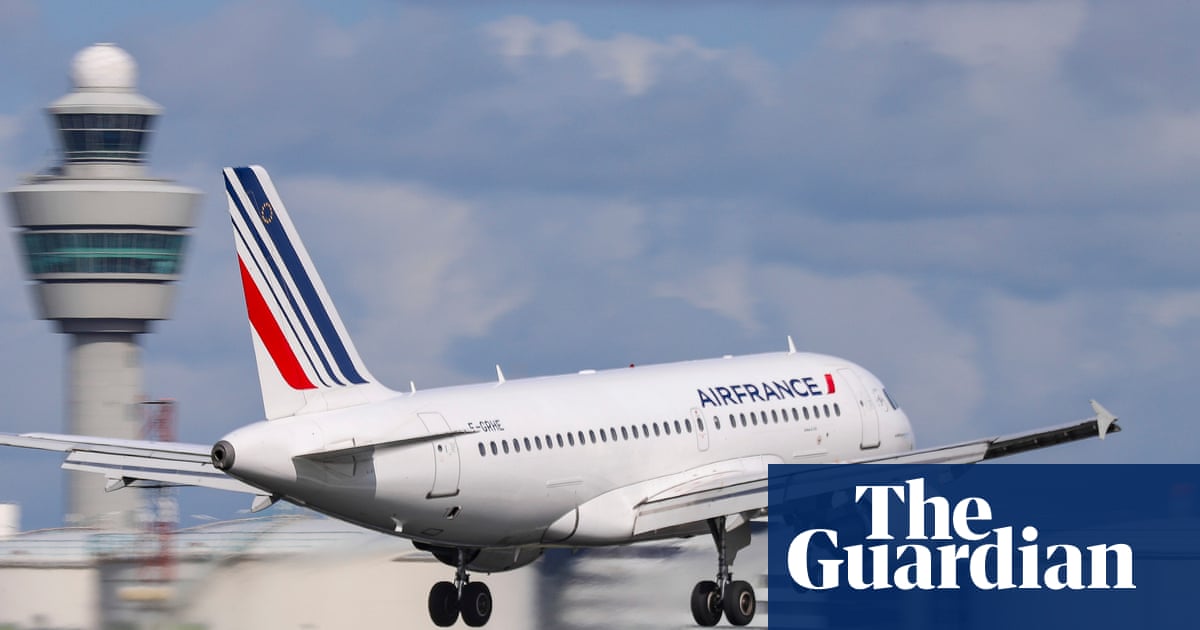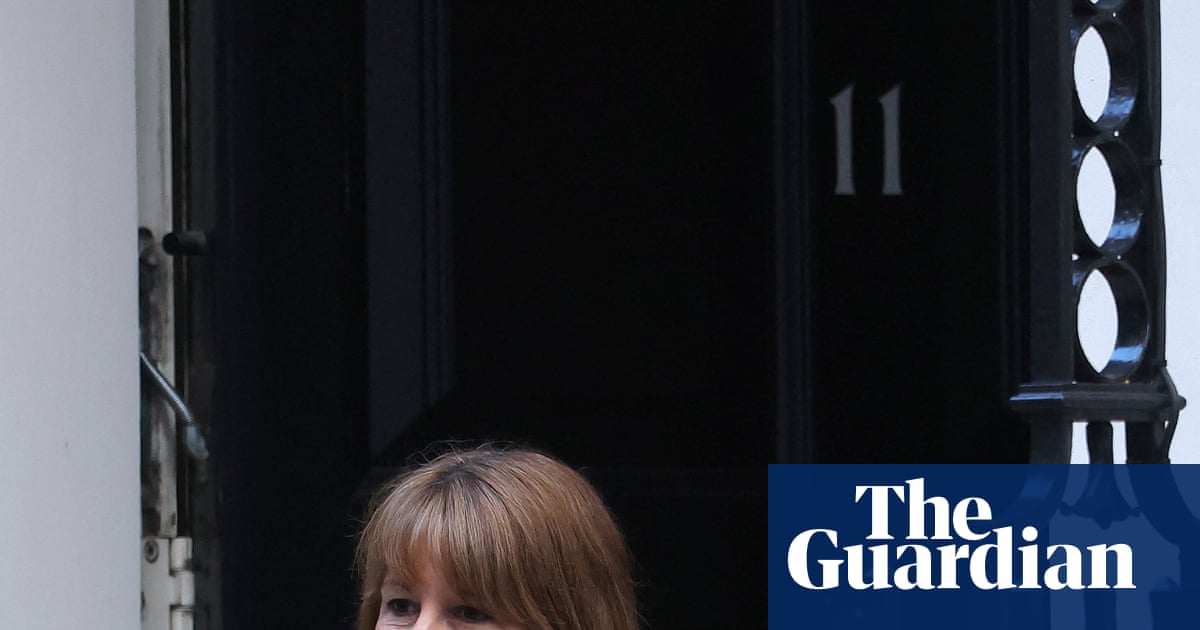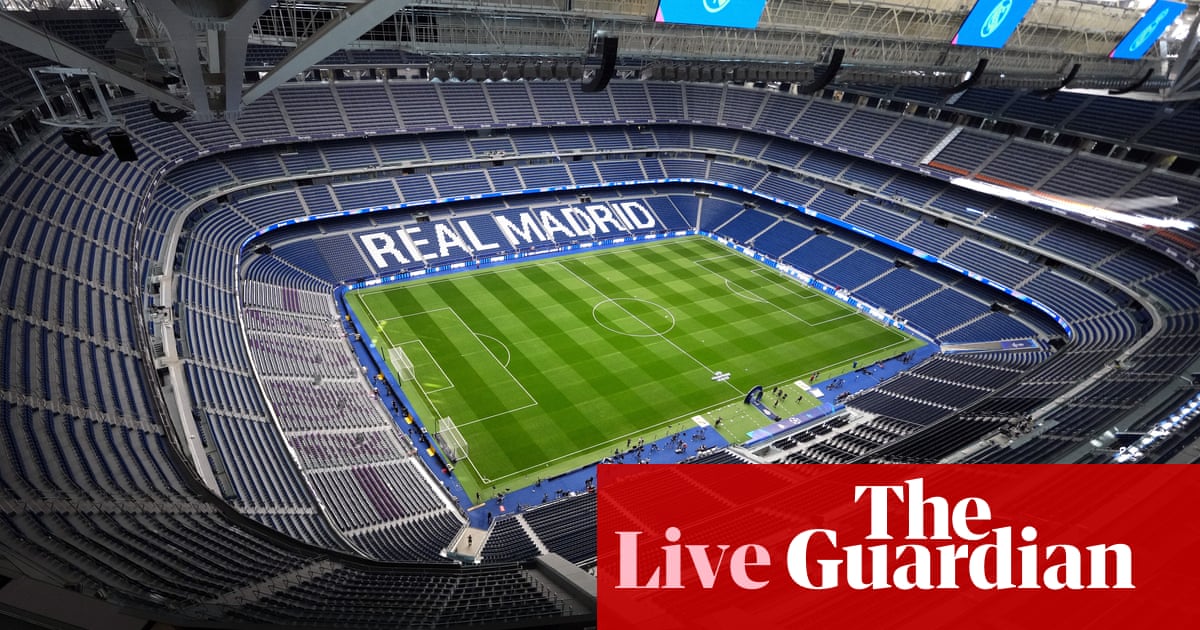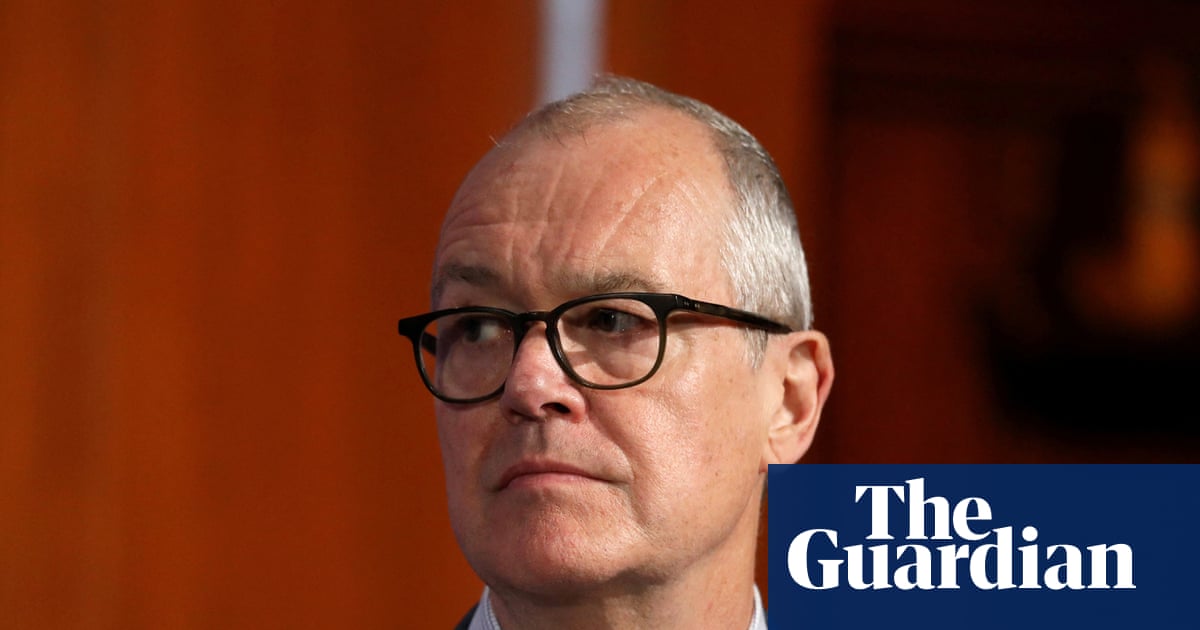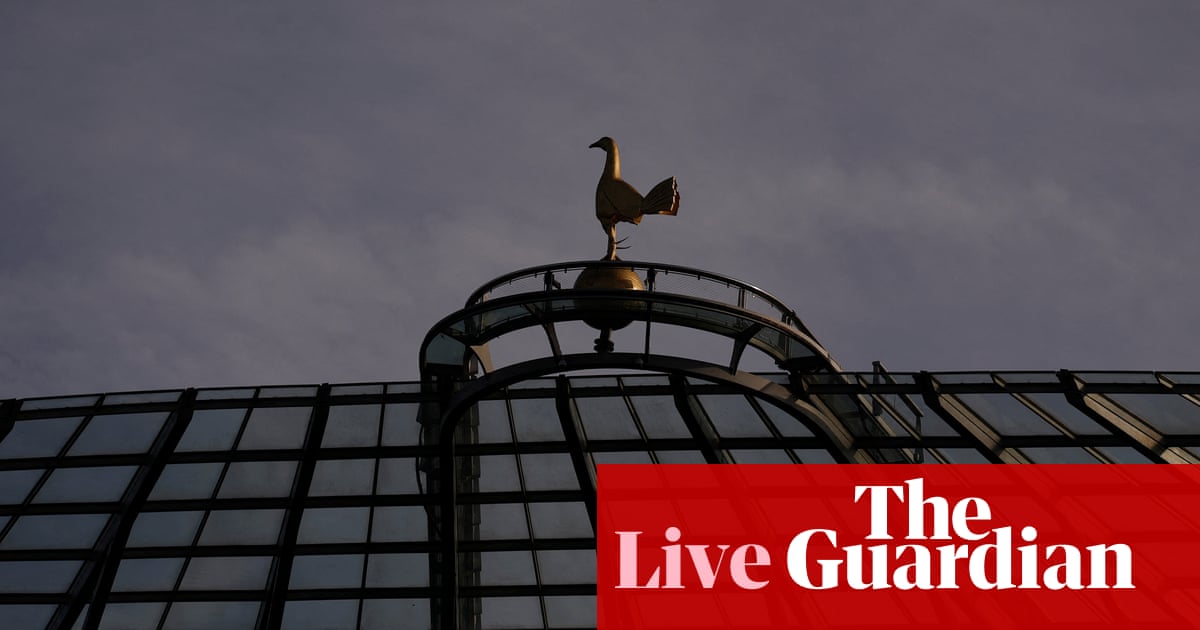At the entrance to the fish market in Joal-Fadiouth, a coastal town in central Senegal, a group of women have set up shop under the shade of a small pavilion. A few years ago, they say, the market would have been bustling with ice-cream sellers, salt vendors and horse-drawn carts delivering freshly caught fish to the women, who would set about sun-drying, salting and sorting the catch into affordable portions for local families to buy.
Today, trade is dead, says Aissatou Wade, one of the remaining small-scale fish processors left in the town. “Without fish [to sell], we have no money to send our children to school, buy food or get help if we fall ill,” she says.
So what has happened? Wade and her fellow workers have become victims of the supply chain that feeds aquaculture – the world’s fastest-growing food sector.
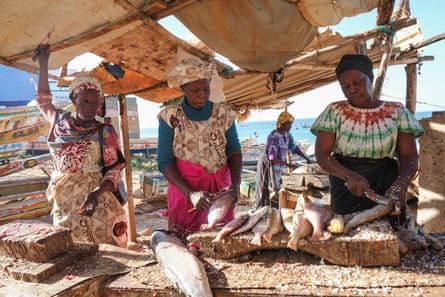
A booming global trade in millions of small fish, caught to feed bigger farmed fish abroad, has drained Senegal’s waters of a food source the country’s population relies on. Until now, this opaque supply chain has obscured which companies use Senegal’s fishmeal. However, a two-year investigation by the environmental investigations outlet DeSmog and the Guardian, spanning three countries, can reveal that UK consumers are playing a role in food insecurity and unemployment in west Africa.
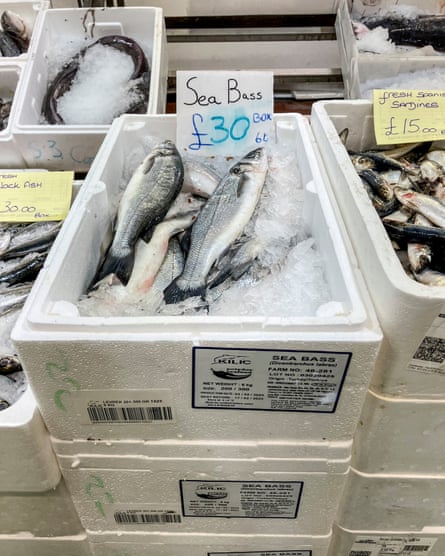
By examining trade data and shipping records and combining this with on-the-ground reporting in three countries, the investigation found that Turkish-farmed sea bass and sea bream is being fed on fishmeal exported from three factories in Senegal: Omega Fishing and Africa Feed south of Dakar, and Afric Azote at Dakar port. The women who work locally must keep their prices affordable for their customers and say they cannot compete on price with the factories, forcing increasing numbers of them out of work.
The data led us from these factories, via Turkey’s sea bass and sea bream farms, to Billingsgate fish market in London and the fish counters of supermarkets across the UK. Here, fish grown by farms that have used Senegalese fishmeal are labelled “responsibly” sourced or farmed, based on certification from the Aquaculture Stewardship Council (ASC) and other standards bodies.
We can reveal that at least five UK supermarkets – Waitrose, Co-op, Aldi, Lidl and Asda – have sold sea bass or sea bream grown by one of Turkey’s largest fish farmers, Kılıç Deniz, or its subsidiary Agromey, which sources fishmeal made from small Senegalese fish. The supplier lists, in-store labels and interviews with industry sources link these supermarkets to Kılıç’s farms.
These retailers are supplied by two UK wholesalers – New England Seafood International and Ocean Fish, who use Kılıç and Agromey These two wholesalers have also sold sea bass or sea bream to Morrisons, Marks & Spencer, Sainsbury’s and Tesco, the investigation found. The investigation was unable to establish whether that fish came to the wholesalers via Kılıç or another supplier.
Between them, these wholesalers have supplied supermarkets with 473 tonnes of fish raised by Kılıç, or its subsidiary Agromey, over the past four years, according to official data. That’s enough fish to stack supermarket shelves with nearly 5 million fillets.
The factories along Senegal’s coastline used to rely on waste products, including fish heads and tails from the port and other factories, but now increasingly use more fresh pelagic or “forage” fish, the mainstay of African small-scale fisheries.
“Farmed fish comes as this nice product, all the same size, good for the consumer, and no one knows it is jeopardising the prospects of people in west Africa,” says Béatrice Gorez from the Coalition for Fair Fisheries Arrangements.
More than 3,000 miles away from Senegal, Turkey is a fish-farming powerhouse, supplying more than half of the world’s sea bass and a third of its sea bream. Kılıç is one of Turkey’s leading sea bass and bream producers, earning $443m annually. A supplier of UK wholesalers and supermarkets, it is the biggest importer of Senegalese fishmeal among 11 Turkish rivals. It has shipped fishmeal and fish oil from Senegal every year for the last four years, a total of 5,400 tonnes, customs data shows. This would have been enough to meet the recommended dietary intake for nearly 2 million people.
Sea bass and bream fed on Senegalese fishmeal may also have entered UK markets via three other Turkish fish farmers that also buy west African fishmeal, the investigation found – but it was not possible to trace their products’ journey to sale points in the UK.

Kılıç told the Guardian it was not breaking any laws by buying raw materials from Senegal, and that “we do not manage the fishing policies” of other countries. Acknowledging “concerns in world public opinion” Kılıç added: “We think we can limit our purchases from Senegal.”
Senegalese fish oil and fishmeal made up less than 1% of its total fishmeal purchases in 2024, Kılıç said, adding that the fish used were bigeye grunts and bumpers, which it claimed were “not caught for human consumption”. Fishmongers and other sources in Senegal dispute this claim.
Aby Diouf, a fishmonger, remembers selling dried fish as far inland as Mali and Burkina Faso. Now, she claims, much of that fish is sold to the factories, bypassing the women who wait on the shore to buy it. “We were proud,” she says. “We built our houses, we bought cars. We bought boats for our husbands – we even financed their fishing trips.” Diouf, who raised and educated her seven children from the trade, now rents out plastic chairs for baptisms and weddings.
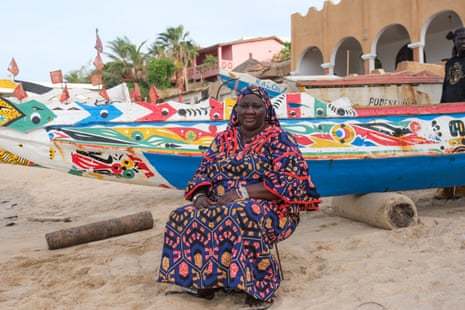
Nearly a quarter of the global catch of all wild-caught species – 17 million tonnes – was ground into meal or oil in 2022, the majority of it fed to farmed seafood.
For a company farming millons of fish a year, even a small percentage of its purchases of fishmeal can have an outsized impact in Senegal. “Changes that seem small at a global scale can have devastating consequences locally,” says Christina Hicks, an expert on small-scale fisheries and nutrition at Lancaster University.
In 2023, a year in which its fishmeal exports reached an eight-year high, persistently high food costs pushed Senegal into crisis levels of hunger. Thousands of women have lost their jobs, according to Didier Gascuel, a fisheries ecologist at the Institut Agro Rennes-Angers in western France, who has lived and worked in Senegal.
“We are entering danger zones,” he says. “It is clear that overexploitation combined with climate change and water degradation can lead to a collapse phenomena.”
The Senegalese government offers financial sweeteners to companies that export more than 80% of their products or services, including a 50% discount on income tax and exemption from import duties. (The government did not respond to requests for comment.)
Once the fishmeal arrives at Kılıç’s feed mill, it is mixed with wheat, soy, fish oil and other ingredients to feed the millions of fish Kılıç harvests annually. Some of it travels frozen, overland or by boat in 18-tonne containers to ports in the UK such as Liverpool, Portsmouth, Dover and Hull.
A quarter of all imports of Turkish bass and bream into the UK between 2021 and 2024 were from Kılıç, according to data from the Department for Environment, Food and Rural Affairs (Defra), released in a freedom of information request.
Fish farmed by Kılıç, or its subsidiary Agromey, has two routes to UK plates. The first is via hubs such as London’s Billingsgate market, where men in white overalls gather at dawn among boxes brimming full of silvery sea bream and sea bass. The Guardian found some of them marked “Kılıç”.
“We sell a lot, about 100 tonnes a week,” one trader for another UK wholesaler, Polydor, told the Guardian. “It goes everywhere: fishmongers, Chinese restaurants, the public.”
Defra data shows that Polydor has imported more than 7,000 tonnes of sea bream from Kılıç in the past four years, equivalent to more than 17 million whole fish, or 78 million fillets.
The second route to UK tables is via wholesalers to supermarkets. In 2024, more than half a million fillets of sea bass farmed by Kılıç or its subsidiary arrived on supermarket shelves via New England Seafood International, which has offices in Grimsby and Chessington and Cornwall-based Ocean Fish, Defra data shows.
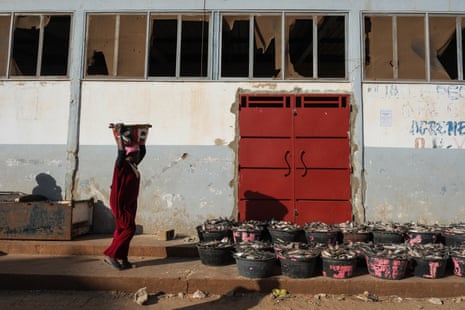
In an opaque and fragmented supply chain, there is no way for consumers to tell if the sea bass or sea bream fillet they are buying was fed on fishmeal from Senegal.
The Guardian and Desmog investigation has established that Kılıç-produced fish is on sale at Waitrose, which lists the Turkish company as one of its suppliers, and the Guardian understands that Co-op sells about six tonnes of sea bass farmed by Kılıç a year.
Identification on packaging, supplier lists and conversations with employees of Kılıç, and its subsidiary Agromey, shows Lidl, Asda and Aldi have also sourced from Kılıç or Agromey. Sainsbury’s and Tesco have sourced sea bass and sea bream from New England Seafood International, according to labelling on fillets on sale in supermarket branches and their latest supplier lists.
When presented with the findings of the investigation, Lidl, Sainsbury’s, Tesco and Waitrose declined to comment, referring the Guardian to a statement from Sophie De Salis, sustainability policy adviser at the British Retail Council: “UK retailers are dedicated to sourcing seafood products responsibly. Our members regularly review fishing practices in their supply chains to ensure they meet the highest standards.”
De Salis added: “Retailers adhere to all legal requirements around product labelling. They ensure high standards are upheld throughout their supply chains through third-party certified verification.”
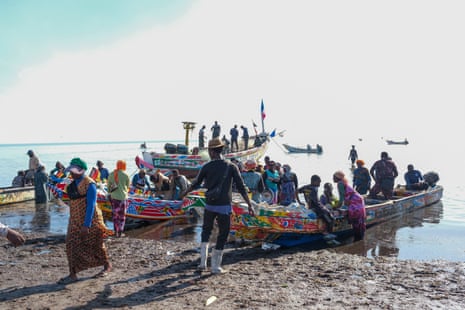
Morrisons, Aldi and Marks & Spencer all said they did not currently source from Kılıç or Agromey farms but declined to say whether they had in the past. Aldi also said that, since last year, it no longer sources from the wholesalers mentioned in the investigation. Asda did not respond to requests for comment.
Of the wholesalers involved in the chain, New England Seafood International said it was dedicated to “sourcing responsible and sustainable seafood”. The other two, Polydor and Ocean Fish, did not respond to requests for comment. The Senegalese-owned factory Afric Azote, in Dakar, denied it contributed to overfishing or women’s unemployment and said it only ever used whole, fresh fish when this was no longer fit for human consumption. The other factories in Senegal, Omega Fishing and Africa Feed, did not respond to requests for comment.
Seafood fed on small west African fish can be labelled “responsibly” sourced or farmed as long as it meets standards determined by the ASC. Under ASC rules, a farm can only buy fishmeal from sources where fisheries are “reasonably well managed” with healthy stocks.
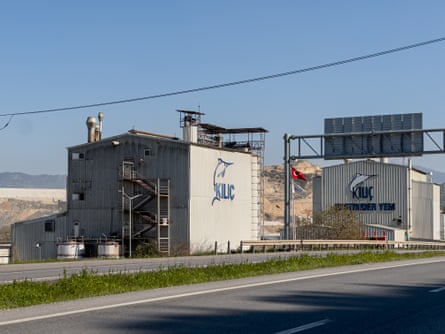
Kılıç, which produces a quarter of its sea bass and sea bream from four farms certified by the ASC, said it was not in breach of ASC standards.
The ASC said that The ASC said Senegal was not listed as a sourcing country in 2024 for whole fish marine ingredients by Kılıç. But in any case sourcing of this fish may not breach its rules, it said, if these fish were mixed into feed. These fish could be mixed into feed as long as the balance of ingredients met its standards.
Diaba Diop, head of a national network of women fish workers in Senegal, says foreign companies should source their ingredients elsewhere.
“The sea will become a liquid desert,” she says. “When people don’t have enough to eat, we can’t use it to feed animals.”
Abdou Karim Sall, head of the fishers’s network in Joal-Fadiouth, has seen the town emptying like the sea, as young men who see no future in the country risk the 1,500km boat trip to the Canary Islands, a perilous journey that claimed more than 10,000 lives last year.
“Because there’s no fish, there’s no hope,” says Karim Sall. “The fish should have stayed in Senegal.”
Additional reporting by Oscar Rothstein (Danwatch), Mustapha Manneh and Michaela Hermann
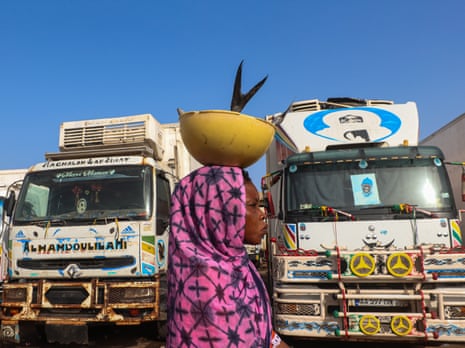

 3 months ago
123
3 months ago
123
